Library of Congress in Publication Control Number: 2016955389
ISBN 978-1-9788-1633-6 (cloth)
ISBN 978-1-9788-1302-1 (paper)
ISBN 978-1-9788-1303-8 (epub)
A British Cataloging-in-Publication record for this book is available from the British Library.
This collection copyright 2020 by Rutgers, The State University of New Jersey
Individual chapters copyright 2020 in the names of their authors
All rights reserved
No part of this book may be reproduced or utilized in any form or by any means, electronic or mechanical, or by any information storage and retrieval system, without written permission from the publisher. Please contact Rutgers University Press, 106 Somerset Street, New Brunswick, NJ 08901. The only exception to this prohibition is fair use as defined by U.S. copyright law.

The paper used in this publication meets the requirements of the American National Standard for Information SciencesPermanence of Paper for Printed
Library Materials, ANSI Z39.48-1992.
www.rutgersuniversitypress.org
Manufactured in the United States of America
Introduction
DEBORAH GRAY WHITE
Chair of the Committee on the Enslaved
and Disenfranchised in Rutgers History
But they should not keep these prizes, I said; some, all, I would wrest from them. Just how I would do it, I could never decide: by reading law, by healing the sick, by telling the wonderful tales that swam in my head, some way.
Why did God make me an outcast and a stranger in mine own house?
W.E.B. Du Bois, The Souls of Black Folk
H ow does it feel to be a problem? At the dawn of the twentieth century, W.E.B. Du Bois, the preeminent African American intellectual, used this question to query white feelings about black people. Of course, he did not think black people were a problem. Rather, he thought that this probing question lurked in the minds of whites who found it hard to speak to him directly about race, who instead spoke circuitously of excellent colored people whose opportunities were thwarted, or about southern horrors too gruesome to fathom. Long before he indulged white peoples duplicity as an adult, he had resolved to beat them at their own game: I could beat my mates at examination-time, or beat them at a foot-race, or even beat their stringy heads.
Though whites had reserved the best of everything for themselves and made him an outcast in his own land, Du Bois understood himself to be worthy of everything his American citizenship, intellect, and ability could achieve. To him, black people were not a problem; white people were. Indeed, he posed the issue differently and profoundly. The problem of the twentieth century is the problem of the color line, he declared. Whether white people would erase it, and/or how black people would navigate itthat was the issue.earned two degrees from Harvarda BA in 1890 and a PhD in 1895resolved not to wait for whites to manage the color line, but to get an education so he could control his own destiny.
So did the twenty-five or so black men and women who attended Rutgers and the New Jersey College for Women before World War II. The small number of African Americans who daily braved the few white campuses that allowed them to matriculate were like W.E.B. Du Bois. Though the color of their skin outwardly marked them as outcasts, inside they carried a resolve that allowed them to wrest the prizes that came with an elite education. Early black Rutgers students were among those determined pioneers. As this volume demonstrates, though they were grudgingly, sometimes accidently, admitted, like Du Bois they would not be deterred.
The Rutgers that the pioneers encountered was not and had never been in the vanguard of institutions that practiced racial equalitarianism. Native Americans were dispossessed of the land on which Rutgers was built years before ground was broken on the college, but Rutgers never enrolled Native American converts to Christianity despite their desire to attend. As detailed in Scarlet and Black, Vol. 1: Slavery and Dispossession in Rutgers History, Rutgers, or Queens College, as it was known in the eighteenth century, was founded and sustained by slave traders and slaveholders. The family of Jacob Hardenburgh, the first president of Rutgers, owned the parents of Sojourner Truth, the renowned abolitionist and womens rights advocate. Old Queens, the first Rutgers building, was built by enslaved men whose masters were paid for their labor. In fact, Rutgers depended on the enslaved to build its campuses and serve its students; it depended on the sale of black people to fund its very existence. The faculty and curriculum at Rutgers reinforced the theological and scientific racism that provided the justification for the free labor of Africans, the absolute power of slave owners, and the separation of the races. Through In short, nothing in its history had prepared Rutgers administrators, professors, or students to treat African Americans, much less African American students, equitably.
It was a miracle of sorts that any African Americans attended Rutgers in the late nineteenth century, the period in African American history known as the nadir. Because it was marked by white vigilante terror, peonage, lynchings, race riots, black codes, the convict lease system, disenfranchisement, and Jim Crow segregation, many scholars have questioned whether legal slavery ever really ended. Some have argued that the Thirteenth Amendment that ended slavery actually ushered in a period that was worse than slavery, or slavery by another name. And the system of racial oppression that emerged after the Civil War was not a southern phenomenon, but national in scope. Although northern communities did not erect signs that separated blacks from whites, they nevertheless cordoned blacks off into everything that was least desirable. In the words of historian Thomas Sugrue,
Public policy and the market confined blacks to declining neighborhoods; informal Jim Crow excluded them from restaurants, hotels, amusement parks, and swimming pools and relegated them to separate sections of theaters. All but a small number of northern blacks attended racially segregated and inferior schools. As adults, blacks faced formidable obstacles to economic security. They were excluded from whole sectors of the labor market. And as a result of the combined effects of segregation, discrimination and substandard education, they remained overrepresented in the ranks of the unemployed and poor.
New Jersey was like other northern and western states. Although an 1881 law banned segregation in all public accommodations and schools, and outlawed segregation on juries, the law was inconsequential first because localities and merchants routinely ignored it, and second because the costs of fighting violations were prohibitive. Only two lawsuits were filed for violations of the law in the area of school segregation. Like the white citizens of Fairhaven, New Jersey, who in 1881 built a separate school for black children in
Still, it was the destination of thousands of African Americans who fled the South in the late nineteenth and early twentieth centuries looking for a better life. Black New Jerseys population tripled between 1870 and 1910. In 1900 blacks made up 3.2 percent of the states population; by 1930 they were 5.2 percent, or 208,828. In 1940 New Jerseys black population was over 226,000. If African Americans in the state and the city of New Brunswick looked to Rutgers, their state-supported university, to be a liberalizing force, they were sorely disappointed. Rutgers proved to be much like the rest of New Jersey in upholding white supremacy. Though the black students who attended Rutgers before World War II made the most of the opportunity to attend Rutgers, the school adhered to policies and ideologies that made these pioneers outcasts and strangers in their own school.


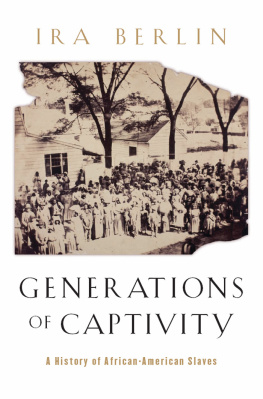
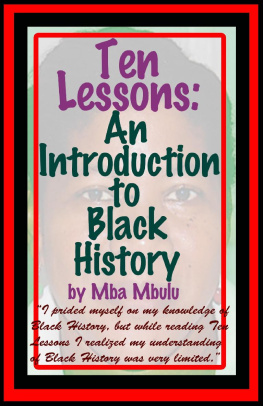
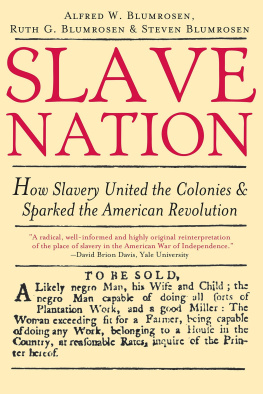
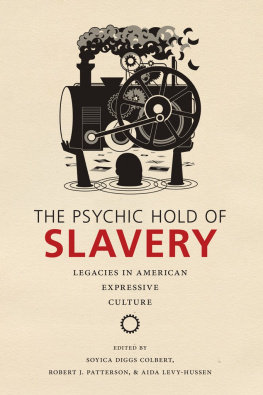
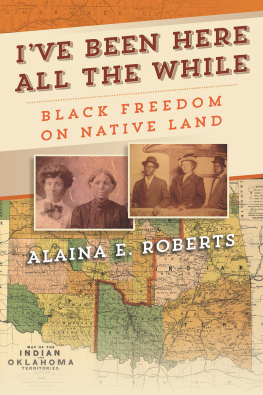
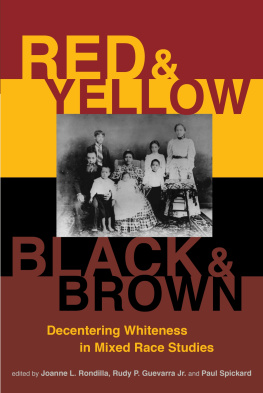


 The paper used in this publication meets the requirements of the American National Standard for Information SciencesPermanence of Paper for Printed
The paper used in this publication meets the requirements of the American National Standard for Information SciencesPermanence of Paper for Printed